A few things Appalachian natives do not love:
- All the “oh my god the woods are full of scary monsters!” content
- Outsiders appropriating our culture
- Being called out for appropriating other cultures
First, “skinwalkers” aren’t a thing here, that’s a Navajo legend out west. A whole lot (but not all) of what’s scary in the wilderness here is humans doing things they don’t want noticed. Second, a whole lot of what gets passed around as “Appalachian” magic (especially online) is Wicca. There seems to be a real dearth of actual folk practice being shared, probably because the real stuff seems simple while requiring actual land connection (more on that below).
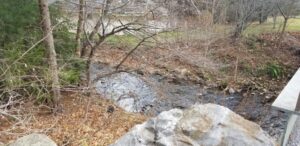
Third, I can’t tell you how many times I’ve heard “local” practitioners insist they’ll use white sage if they want – despite it not being native here or part of our traditions, or a plant they’ve developed the slightest relationship to. One witch in Asheville (who I don’t recommend because she is a TERF) even insists on calling what we do “hillfolks hoodoo.”
Let’s dive into all this.
Some Practices ARE Closed
Native Americans have asked – repeatedly – that outside groups not use white sage. First, it was illegal as recently as 1978 for many Native Americans to even practice this ceremony. But now that it’s popular, overharvesting is making it harder and harder to find in the wild. And it’s part of the process to get it in the wild, not from the store.
Then there’s hoodoo. Authentic hoodoo is a blend of African traditions carried to America by enslaved people and blended with the Christianity they encountered here. And African ancestors are an essential element.
“Without an African ancestral link, the practice becomes something other than Hoodoo,” says Madame Omi Kongo, a rootworker who comes from a long line of female practitioners. (Source) “Ancestry is extremely important. It makes up your spiritual frame,” she says. “It’s where you get protection [and] strength and enhances the potency of your conjure and power to manifest! Ancestry is key.”
So if you’re practicing hoodoo without access to African ancestors, no you’re not, whatever you call it.
The Roots of Appalachian Folk Magic
When European descendants first arrived in southern Appalachia, they’d brought centuries of folk magic and remedies with them. They also brought along many of their most important plants and seeds. A lot of this magic had to do with healing, and that’s what gets most of the attention from ethnographers. But that wasn’t all by a long shot.
Initially the local tribes (especially the Cherokee) were willing to share their knowledge of the native plants. Many white and a few African descended people married into the tribe and exchanged knowledge that way. In my area the settlements in and around Cataloochee (now part of the Great Smoky Mountains National Park) was especially close to their Native neighbors according to oral histories. Even after Removal on the Trail of Tears in the 1830’s the western portions of my county bordered the Cherokee “reservation.” They were literally just over a ridge.
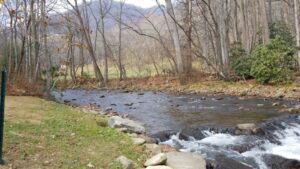
From the beginning, white governments had promised Native tribes that if they “assimilated” and “became civilized” they wouldn’t be removed from their homelands. In the case of the Cherokee, this effort meant not only upending the traditional Matriarchal family structure but adopting the practice of slavery as well. My own Cherokee lineage includes a slaveholding family. But this was largely confined to wealthy families, while intermarriage with freed or escaped African descendants within the rest of the tribe still happened.
African-American Influences
In Haywood county, North Carolina (where I was raised and now live) there were a few hundred enslaved people by the 1850’s. Most were in the hands of 3 or 4 relatively wealthy families. (Source: census records & Haywood County, Portrait of A Mountain Community, 2009; edited by Curtis W Wood Jr.)
But there was a good amount of contact between the enslaved and their poorer white neighbors. One of the main sources of income for slave owners here was renting their enslaved people out when subsistence farms needed temporary labor. (Source also Wood, 2009)
So, “syncretism” between white Appalachian folk magic and African-American hoodoo was likely not voluntary on the part of the African-American enslaved people. After the civil war, the newly-freed and their descendants were strictly segregated from white communities and businesses – a practice still enforced in housing during my childhood in the late 1970’s.
Obviously, individual white people interacted with individual African-Americans and took what they wanted from the other culture, be it recipes, the banjo or folk magic. But that appropriation (or even cultural exchange if you want to be super-duper generous) does not make white Appalachian magic “hoodoo.”
So What Is Appalachian Folk Magic and Why Is It Special?
Most of Appalachian folk magic is based on European traditions mixed with local plant knowledge. It’s often covered by at least a veneer of Christianity, using Psalms and other bible verses as charms, for example. Many early settlers may not have been devout Christians, but “witchcraft” could still get you shunned or worse. So, just like it had been back in Europe folk magic wrapped itself in a Christian cover that isn’t as necessary today. But it’s always been deeply animist. The mountains themselves are held in awe, reverence and a deep attachment. Woods, rocks and streams are recognized as entities with their own personality, and even individual plants are treated with respect.
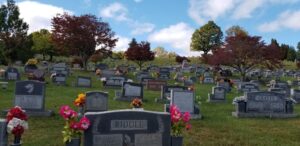
Ancestors are heavily venerated, even though that might look different than in hoodoo. Most Appalachians don’t have an ancestor altar per se, but we know who we’re descended from. Locals want to know who your people are when they meet you. Our cemeteries are massively important, as is keeping our people’s graves decorated. Most church cemeteries have annual or bi-annual “Decoration Days” devoted to the upkeep and maintenance of proper floral decor. Most feel like departed loved ones “look down on them” and help and protect them.
Those two elements – animism and Ancestors – are the crux of this practice. Knowing the land, respecting the land, and the people that made your existence possible – even if they were downright assholes – is where the power comes from. The rest is a matter of practicality. Up till WWII most people here were cash poor and isolated, so they had no choice but to use what was available.
My Mamaw stopped nighttime leg cramps by putting her shoes upside-down under the foot of her bed. She told me how to stop a charley horse by pinching my upper lip. We stopped nosebleeds with a spoon we kept in the fridge pressed against your back. My Papaw broke a cigarette and put wet tobacco on my bee stings. I am allergic but didn’t have to go to the hospital for a shot when he did that. My great aunt planted by the signs and had the best garden of anyone I’ve ever known.
Stump water is more powerful than moon water. A hagstone is more powerful than the prettiest crystal, but only if you find it in the wild. (I still haven’t found one). But I’ll use a chunk of granite I pick up off the ground to much greater effect than a crystal I buy in a shop somewhere.
Appalachian Magic Is Animist
Appalachian Folk Magic is about THE LAND. It’s about having a relationship with YOUR land, where you are. It’s about necessity and making do with what you got. If you wanna do this magic, get out on your land and get to know your spirits. Respect them. Ask a plant’s permission before you take a cutting or pull it up, and leave a small offering in return. (I often leave coffee beans as they are beneficial when they break down). Let your land spirits know what you’re doing when you’re outside, especially any ritual activity. Get their permission.
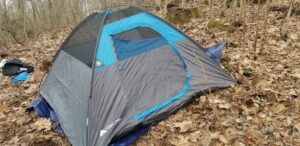
And for the love of all that’s hael when you feel unwelcome, or if the answer is “no” respect that. Leave. I don’t care how many times I’ve been to a certain area, even a public park, when I get that foreboding, unwelcome feeling it’s time to go. And I am usually welcomed back later because of it.
YOUR ancestors and YOUR land spirits are going to do more with and for you than any distant spirit as long as you treat them right. That’s really the crux of it all, and you can do that anywhere.
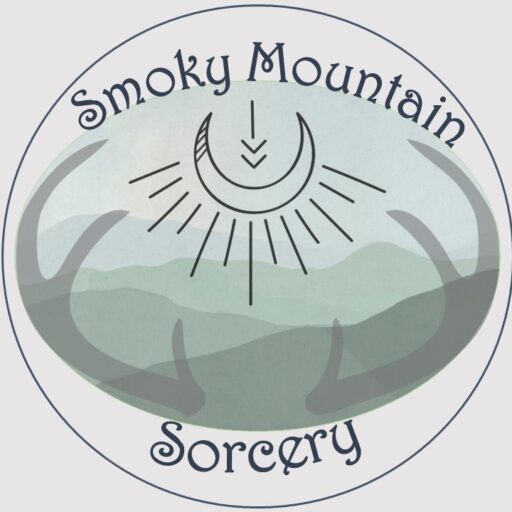
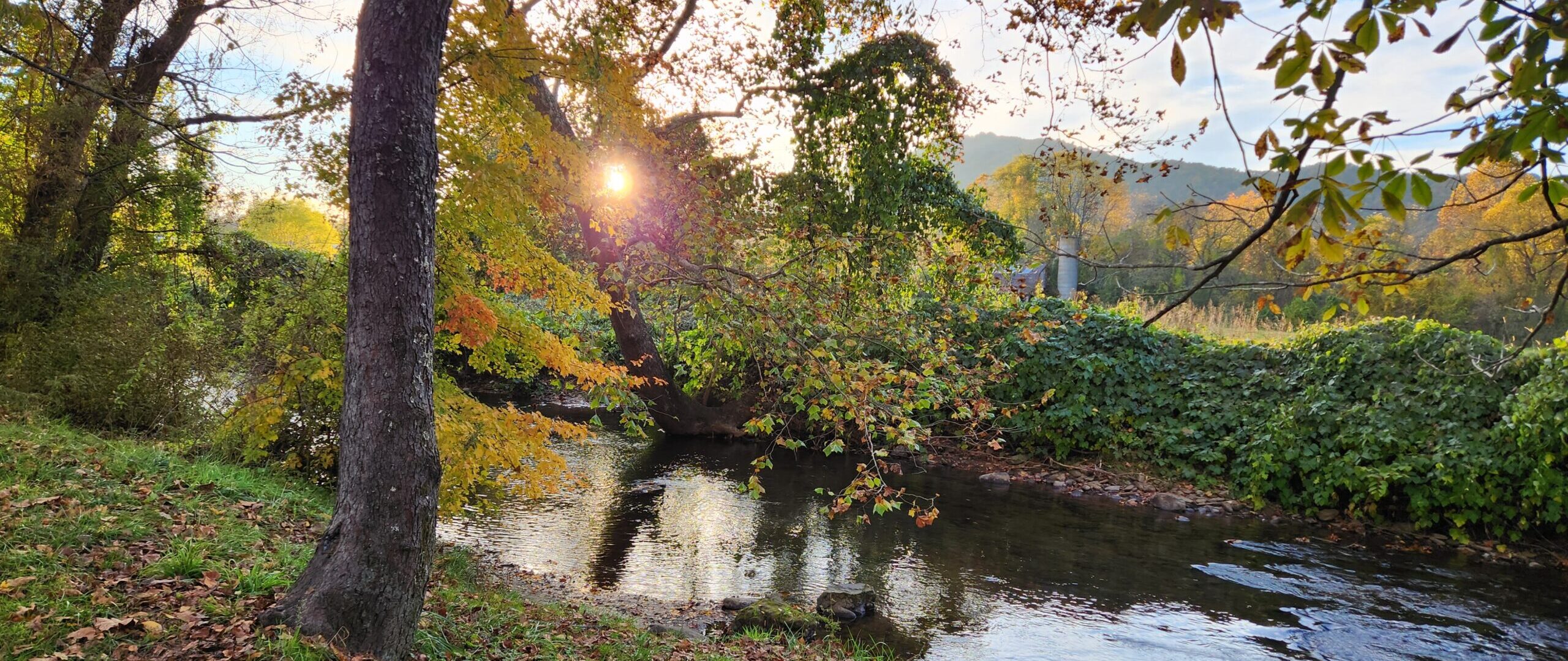
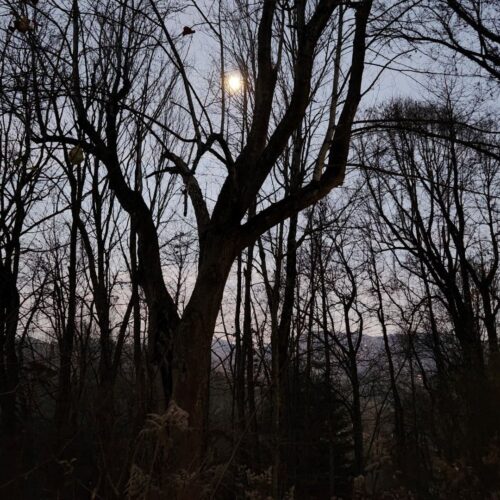
Leave a Reply
You must be logged in to post a comment.